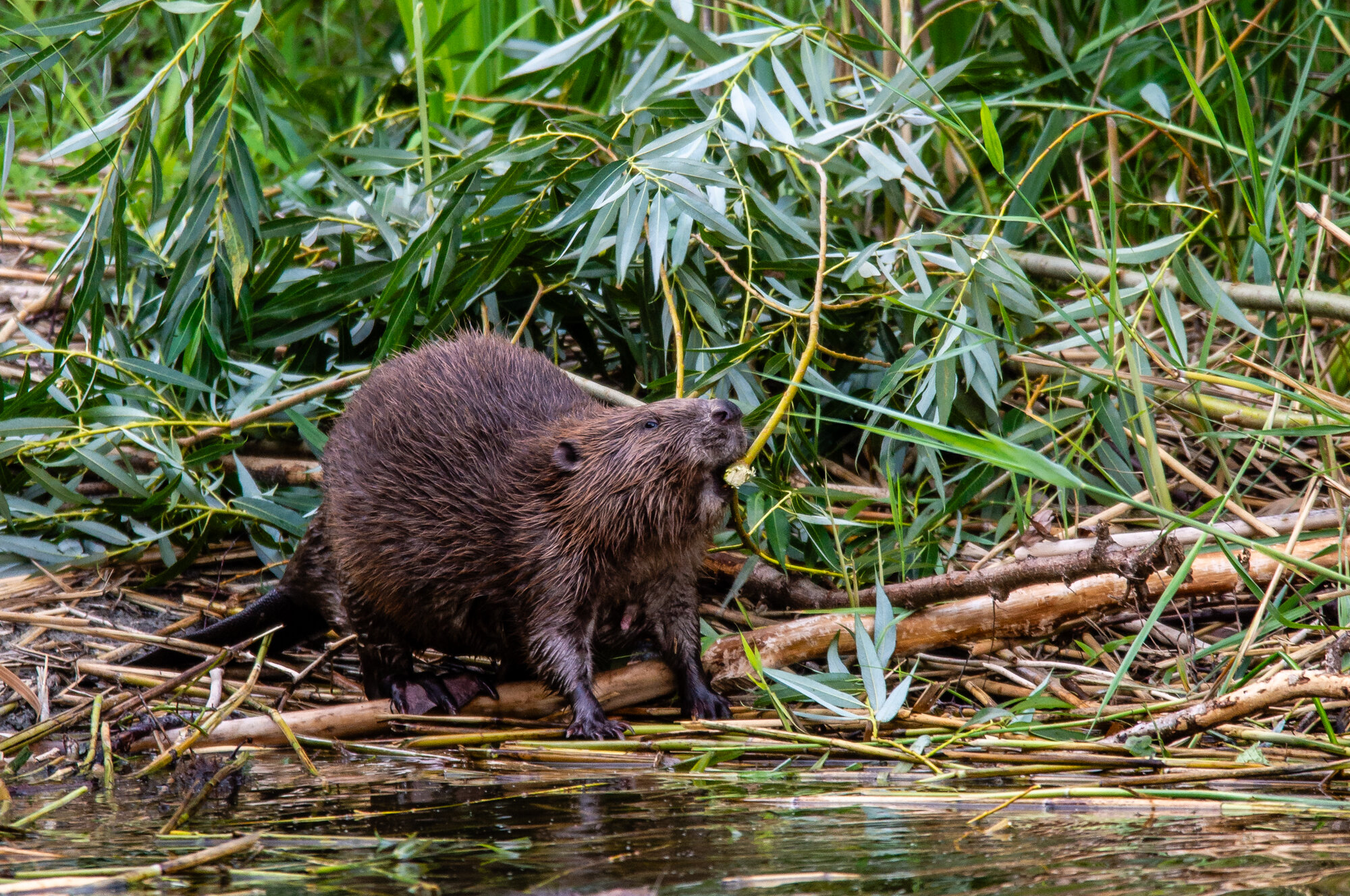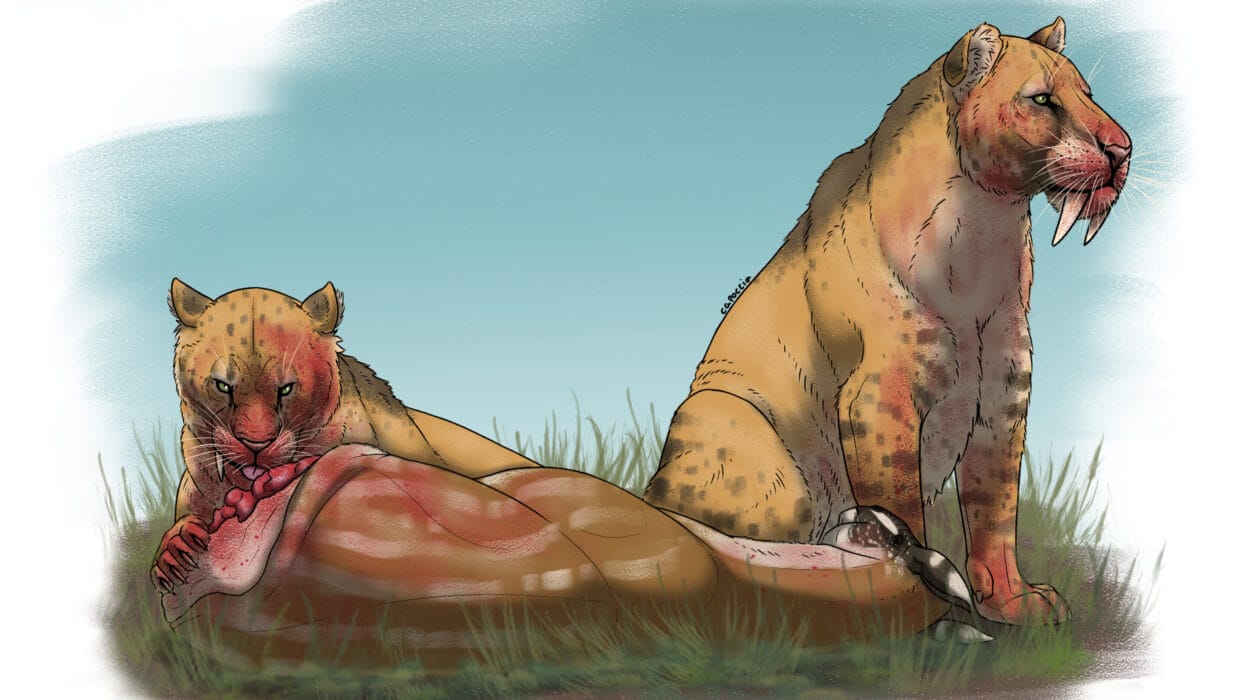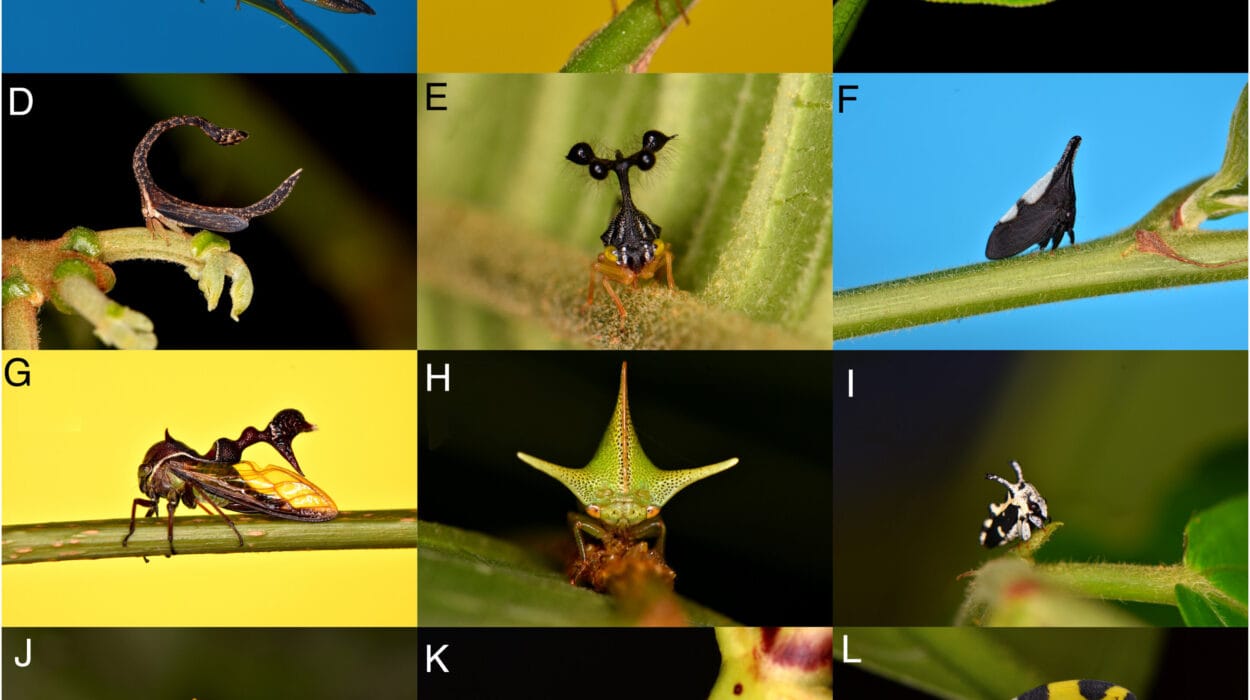The researchers did not begin their journey expecting a surge of life in the darkness. They came to the quiet rivers of the Swiss Plateau with a simple question: What happens to land-dwelling animals when beavers reshape a landscape? Beavers are famous for transforming streams into slow ponds, rich with fish and aquatic creatures. But the land around those ponds, the forests and shadows above, the air where insects rise at dusk—these remained a mystery.
This new study by WSL and Eawag, published in the Journal of Animal Ecology, reveals that the answer is written in the night sky. Where beavers return, bats follow. And not just a few. Entire communities of them.
The Return of the Builders
Not long ago, the idea of beavers influencing anything on a wide scale seemed impossible. In the 19th century, they were nearly gone from Europe, hunted until only a few thousand survived. Their absence left quiet rivers and simplified forests where once they had carved complexity. But hunting bans and reintroduction programs slowly rewrote that story, until today more than 1.4 million beavers live across Europe, including about 4,900 in Switzerland.
By damming streams and felling trees, they create pockets of life: still waters that shelter fish, shaded edges filled with aquatic insects, edges where wetlands breathe back into the forest. For decades, scientists focused on what happened underwater. Far less was known about the ripple effects on land.
That is where this new research stepped in. The team, alongside the national beaver specialist unit at info fauna, turned their attention to bats—creatures whose survival often depends on the smallest details of habitat.
Listening to the Darkness
To understand how beaver engineering reshapes the night, the researchers compared two stretches of eight different rivers: one area shaped by a beaver dam and one section without any sign of beaver activity. They set up sensitive recorders to capture the ultrasonic language bats use to navigate and hunt. The structure of these calls allowed them to estimate how many bats were sweeping over the water each night.
At the same time, they used special traps to count the flying insects gathered just above the surface. They examined the vegetation around the water, the number of dead standing and fallen trees, the kinds of plants growing there, and the way the canopy shifted—how open, patchy, or varied the forest became under beaver influence.
From the first nights of recording, a pattern emerged.
The Unexpected Abundance
More bats hunted in beaver territories than outside them. On average, beaver ponds hosted five species of bats per night, compared with four in the unaffected parts of the stream. This may seem small, but in a country with just 30 native species, it signals a dramatic concentration of diversity in a very small space. Even more striking, endangered species appeared more often at beaver ponds than in the control sections.
But the most astonishing number came from how frequently the bats hunted. Their echolocation revealed that bats searched for prey 2.3 times more often in beaver-shaped landscapes. The jump was so large that it surprised even the lead researcher. “I would not have expected such a significant increase in bat numbers,” says Valentin Moser, who conducted the study during his doctoral work at WSL.
What drew them to these places? The answers rose from the combination of transformed habitat, abundant food, and the architectural leftovers of beaver industry.
“The quality of the habitat is better in beaver territories and the amount of food is higher than outside them,” says Moser.
The insects were more plentiful near beaver dams, and the forests around them were more open and diverse. Dead wood—standing trunks and fallen logs—was far more common. Some trees died when beavers felled them, others when water slowly drowned their roots. But what remained became a gift to bats.
A Refuge for the Rare
Among the species that benefitted was the western barbastelle bat, an endangered species that rests under peeling layers of bark. These fragile roosts form only on certain kinds of standing dead trees.
“These are common in beaver systems,” says Moser.
The trunks linger for years, silent reminders of the engineering that created them, and serve as rare shelter for a species struggling to survive. For the barbastelle and other vulnerable bats, beavers are not just neighbors. They are unexpected allies.
Researchers now see beavers as natural partners in conservation. Their work does not require machinery, long planning phases, or costly construction. It only requires space.
Christof Angst, head of the national beaver office at info fauna, explains the urgency: “Almost all bats are endangered and are on the Red List. They need support, and beavers seem to be providing just that.”
Nature’s Quiet Engineers
The study is part of a larger beaver research initiative run by WSL and Eawag under the Blue-Green Biodiversity program. The National Beaver Center oversaw the project and is now preparing a summary report for the federal government. That report will guide how Switzerland integrates beavers into national conservation plans, balancing benefits with potential conflicts.
The results carry a weight that goes beyond bat calls echoing over darkened ponds. They suggest that beavers are reshaping landscapes in ways that humans have struggled to replicate.
“Beavers are recreating functional, highly species-rich and resilient water bodies, and they are doing so more cheaply and more effectively than humans with their engineering skills and excavators,” says Angst.
Why This Research Matters
The revival of beavers is more than a story of an animal’s comeback. It is a reminder that ecological resilience often comes from unexpected places. As beavers build dams and reshape waterways, they create ecological mosaics where life can flourish—wetlands full of insects, forests dotted with standing dead trees, open canopies where endangered bats can hunt and roost.
This study reveals that these changes extend far beyond the water’s edge. They reach into the nighttime sky, where bats sweep silently across beaver ponds, feeding and thriving in a landscape shaped not by conservation plans or engineering projects, but by an animal simply doing what it has always done.
In a world where biodiversity is disappearing at an alarming pace, this research underscores a profound truth: when we allow natural engineers like beavers to return, the ecosystems around them often come back to life too.
More information: Valentin Moser et al, Habitat heterogeneity and food availability in beaver‐engineered streams foster bat richness, activity and feeding, Journal of Animal Ecology (2025). DOI: 10.1111/1365-2656.70136






